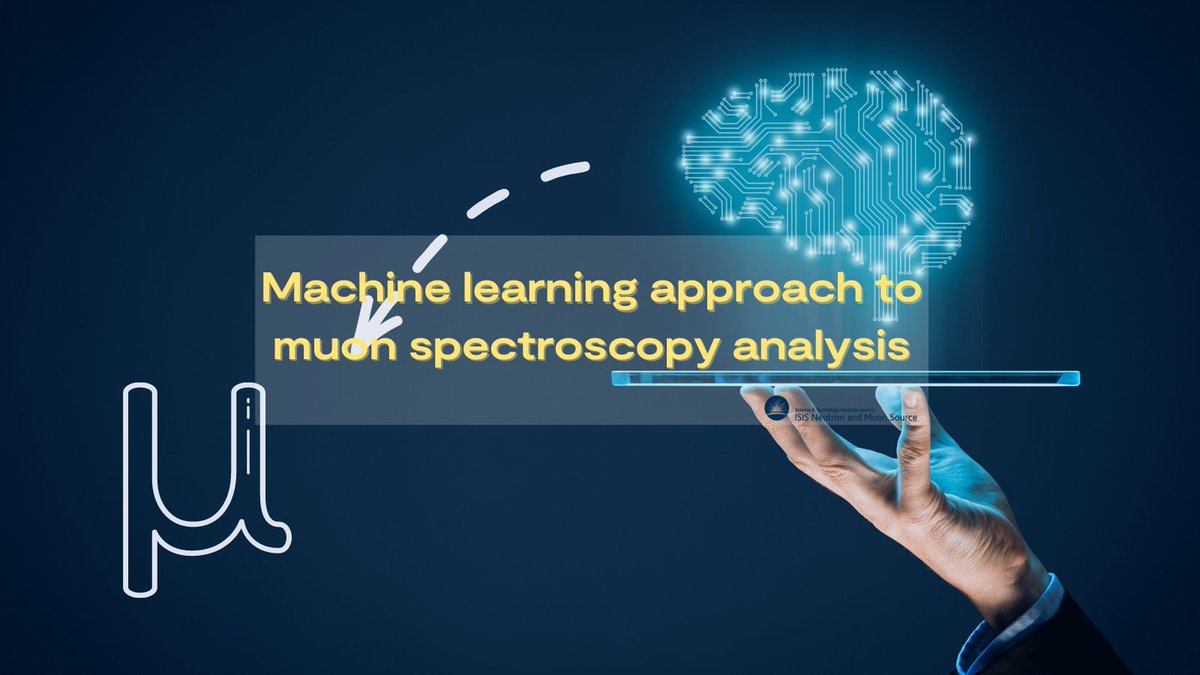
A collaboration led by members for the Physics of Quantum Materials research group has pioneered a new use of machine learning algorithms.
The technique developed by the authors provides a new way to analyse experimental data on advanced materials. The data were obtained using a well-established technique called “moun spin relaxation” where muons (a type of submatomic particle which can be created using powerful particle accelerators) are implanted in a sampled and the radiation they emit is detected. That radiation contains atomic-scale information about the electronic properties of the material. Traditionally the measured data are fitted to various functions based on researcher’s expectations of the underlying physics and chemistry of a given substance. The new technique is an unbiased approach which does not rely on pre-existing models and should work for any substance. This is the first direct application of machine-learning algorithms to this widely used experimental technique in condensed matter physics and materials science.
References:
- Press release (including further details and images): Physics of Quantum Materials research group, “Computer vision techniques harnessed to look inside materials with subatomic particles”.
- Research article: Tymoteusz Tula, Gunnar Möller, Jorge Quintanilla, Sean R Giblin, A D Hillier, Emma McCabe, Silvia Ramos, Dylan Barker and Stuart Gibson, “Machine learning approach to muon spectroscopy analysis”, Journal of Physics: Condensed Matter, 33, 194002 (2021) [Special Issue on Machine Learning in Condensed Matter Physics]. DOI: 10.1088/1361-648X/abe39e